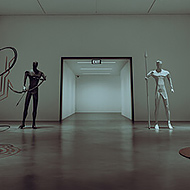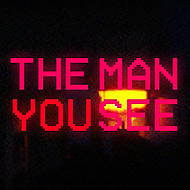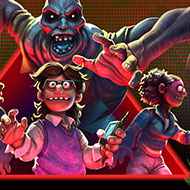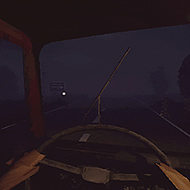Night Bus places players aboard a strangely familiar yet unsettling late-night ride through distorted urban spaces. The game focuses on minimal interactivity, timed sequences, and subtle environmental manipulation to build an eerie puzzle narrative that slowly reveals itself.
Boarding Into the Unknown
From the moment the game begins, players are confined to a slowly moving vehicle with only a few passengers. However, the environment changes slightly with each stop, and the seemingly mundane journey becomes an eerie challenge in observation and inference.
- Passenger Patterns: New characters appear or vanish without explanation.
- Stop Events: Some locations trigger sound-based cues or visual changes inside the bus.
- Window Distractions: Strange imagery appears outside, affecting how puzzles are interpreted.
Decoding the Commute
The core challenge in Night Bus lies in understanding the symbolic structure of the ride. Players must piece together hidden patterns and make decisions based on fragmented stimuli. It’s less about solving direct tasks and more about noticing what’s not immediately obvious.
- Seat Shifts: Where passengers sit changes the conditions of the route.
- Driver Reactions: Certain interactions provoke new dialogue or altered behaviors.
- Lighting Cues: Flickers in overhead lights signal approaching events or puzzles.
Subtle Mechanics, Psychological Play
Night Bus uses restraint as a mechanic. Instead of traditional movement, you’re restricted in space and must rely on timing and minimal input. The game intentionally withholds clarity, making your every choice feel impactful even when the rules remain opaque.
- Silent Challenges: No tutorial or instruction—learning occurs through trial and intuition.
- Looping Segments: The bus route may loop if specific conditions aren’t met.
- Symbolic Objects: Items like discarded tickets or overhead signs have hidden meanings.
Night Bus is a slow-moving psychological puzzle game designed to test patience, perception, and emotional interpretation. The eerie stillness and intentional ambiguity create a narrative that unfolds through atmosphere rather than action.















































































